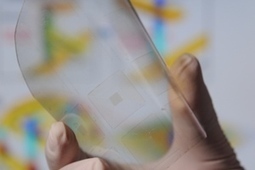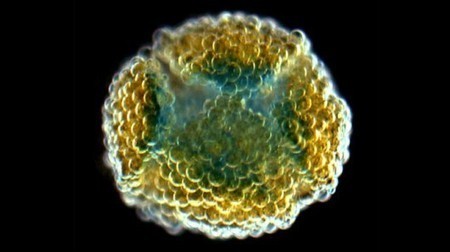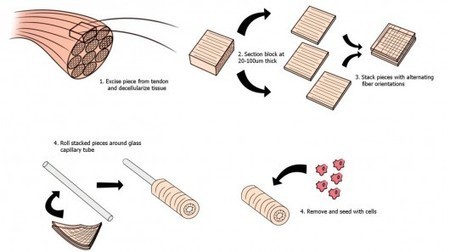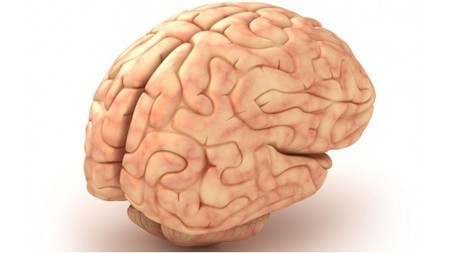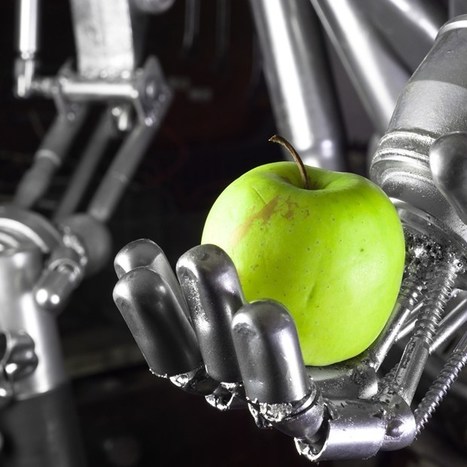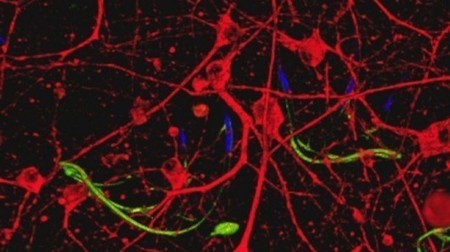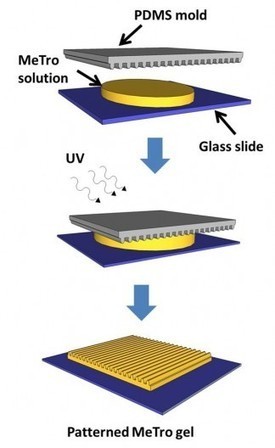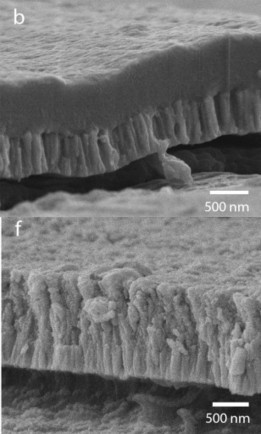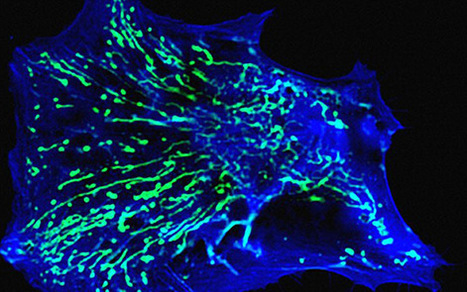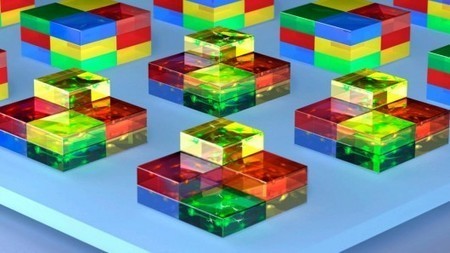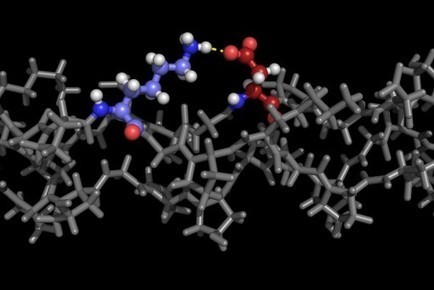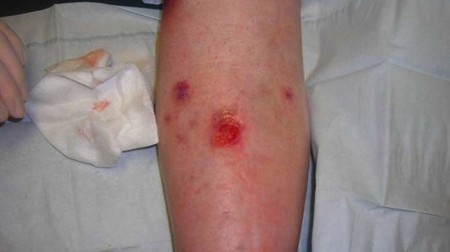While prosthetic limbs continue to improve, tactile feedback is one feature that many are keen to incorporate into the prosthetics but it remains a very difficult technology to develop. But now scientists have developed a new device so packed with sensors it is about as sensitive as human skin. Just as Moore’s Law continues to benefit the integrated circuit, packing ever more sensors into a smaller area will allow such devices to one day be built into everything we touch.
Some areas of our skin, like the lips and fingertips, are more sensitive to the touch because of a greater density of receptors that translate mechanical force into neuronal signals. The sensory device built by scientists at Georgia Tech is a new kind of transistor that converts mechanical force into electricity. The force bends nanoscale wires made of zinc oxide. When the wires bend back, zinc and oxide ions create an electrical potential that is converted to electrical current of a few millivolts. Converting mechanical energy to electrical energy is known as the piezoelectric effect.



 Your new post is loading...
Your new post is loading...

